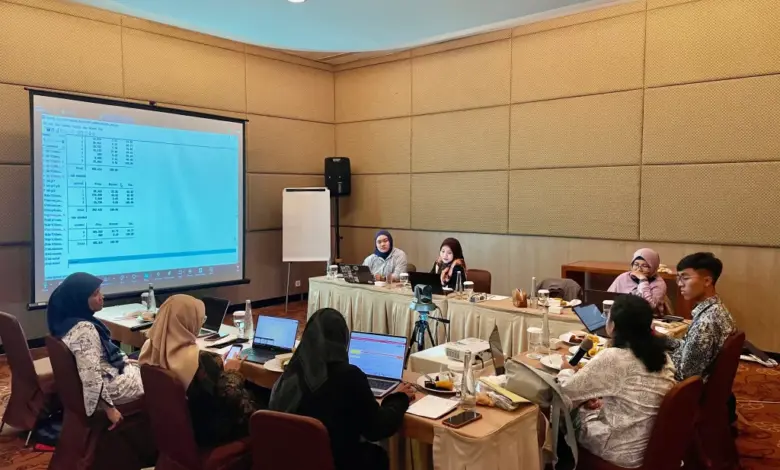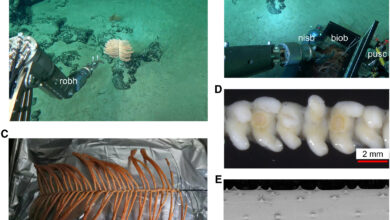UNAIR Collaborates with Researchers to Combat Rising Tobacco Usage Among Women

Universitas Airlangga (UNAIR) recently conducted a workshop focused on research concerning the increasing rates of tobacco use among women in Indonesia. This event took place from April 10 to April 12, 2025, at Hotel Santika Banyuwangi and involved collaboration between UNAIR, Syiah Kuala University in Aceh, and The University of Queensland, Australia. While Indonesian researchers attended the workshop in person, their Australian counterparts participated remotely via Zoom.
Organizational Details and Support
The workshop was organized by UNAIR’s Research Group for Health and Wellbeing of Women and Children, with financial support provided by the university. Dr. Susy Katikana Sebayang, who directs the project, noted that, although the prevalence of female smokers in Indonesia remains lower than that of male smokers, the increasing consumption of tobacco products, particularly e-cigarettes, presents notable public health concerns.
Research Focus
Sebayang indicated that the research aims to explore the factors that motivate women to begin smoking, with a specific focus on the attractiveness of electronic cigarettes, which may present greater health risks for women compared to men. The investigation will also examine social and motivational aspects that encourage female smoking behavior, thus providing a more comprehensive understanding beyond mere statistical data.
Data Collection and Analysis
During the workshop, participants collected and analyzed data from a variety of sources, including national health surveys like Riskesdas, to uncover patterns and correlations tied to the rise of female smokers, particularly among younger women and adult females. The findings from this study are anticipated to inform the development of more effective and gender-sensitive tobacco control policies that aim to decrease smoking rates among women in Indonesia.
Conclusion and Policy Insights
The workshop concluded with discussions regarding the research implications, which may offer valuable insights for policymakers intent on addressing tobacco use within this demographic.
(Source: UNAI)




